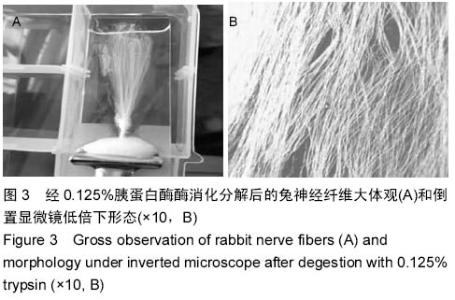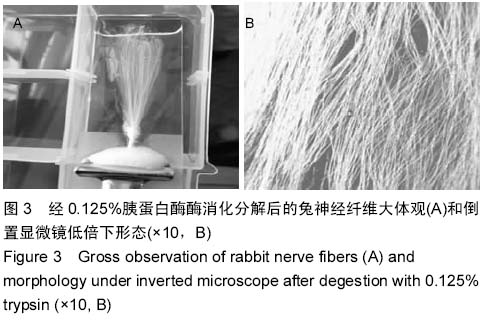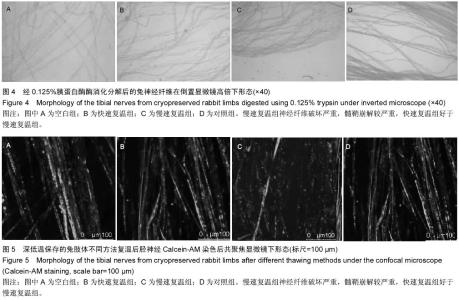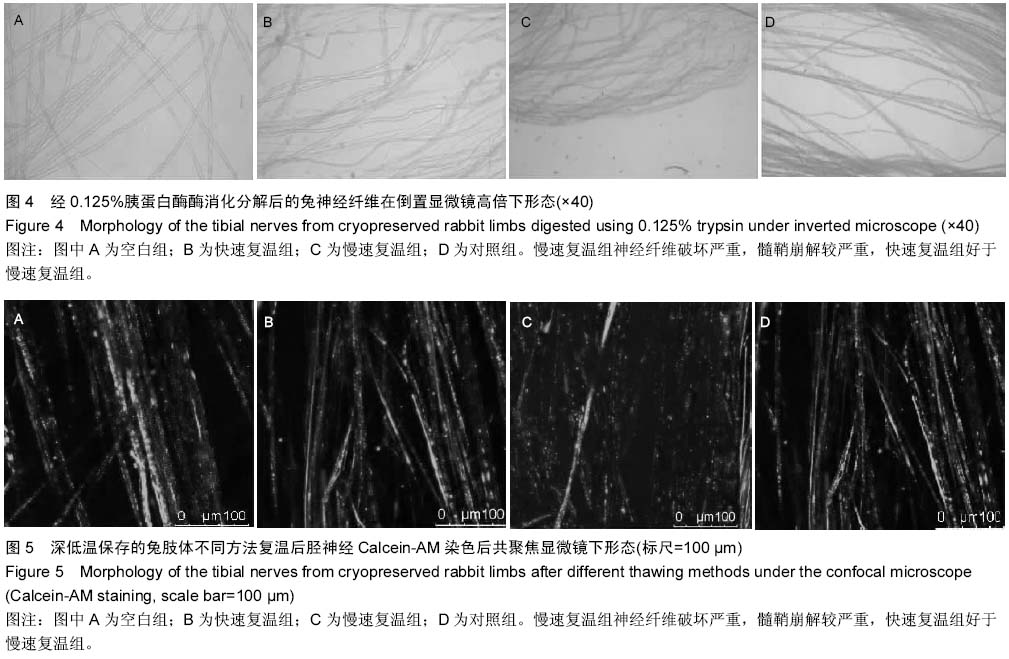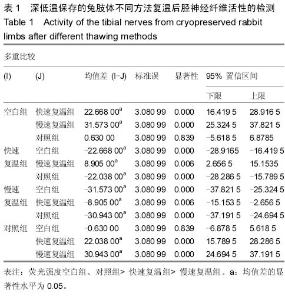| [1] Stachecki JJ,Cohen J,willadsen SM.cryopreservation of unfertilized mouse oocytes:The effect of replacing sodium with choline in the freezing medium.Cryobiology.1998;37(4):346-354.
[2] Menoret S,Jean M,Tesson L,et al.Optimization of cryopreservation procedures for ratembryos.Transplant Proc. 1999;31(3):1531-1532.
[3] 王增涛,王春霞,朱磊,等.深低温保存81天断指再植1例[J].山东医药,2004,44(3):29.
[4] Jin B,Kusanagi K,Ueda M,et al.Formation of extracellular and intracellular ice during warming of vitrified mouse morulae and its effect on embryo survival.Cryobiology.2008;56(3):233-240.
[5] Heng BC, Kuleshova LL, Bested SM, et al.The cryopreservation of human embryonic stem cells. Biotechonl Appl Biochem.2005;41(Pt 2):97-104.
[6] Fry LJ,Querol S, Gomez SG,et al. Assessing the toxic effects of DMSO on cord blood to determine exposure time limits and the optimum concentration for cryopreservation.Vox Sang. 2015. doi: 10.1111/vox.12267.
[7] Shimazu T,Mori Y,Takahashi A,et al.Serum-and xeno-free cryopreservation of human umbilical cord tissue as mesenchymal stromal cell source. Cytotherapy. 2015;17(5): 593-600.
[8] Lee JR, Youm HW, Lee HJ,et al. Effect of antifreeze protein on mouse ovarian tissue cryopreservation and transplantation. Yonsei Med J. 2015;56(3):778-784.
[9] Romão R, Marques CC, Baptista MC,et al. Cryopreservation of in vitro-produced sheep embryos: Effects of different protocols of lipid reduction.Theriogenology. 2015. pii: S0093- 691X(15)00105-3.
[10] Tan FC,Lee KH,Gouk SS,et al.Optimization of cryopreservation of stem celIs cultured as neurospheres:comparison between vitrification,slow-cooling and rapid cooling freezing protocols.Cryo Letters.2007;28(6):445-460.
[11] 刘建林,张鹏,黄庆恒.不同复温方法对液氮保存人同种瓣活性影响的实验研究[J].中华实验外科杂志,1999,16(2):112-113.
[12] 瞿玉兴,董天花,张志霖,等.超低温冷冻保存后同种异体神经移植的实验研究[J].中华手外科杂志,2002,18(1):59-62.
[13] Stacy R,Eroglu A,Fowler A,et al.Thermal characterization of Nakagata’s mouse spezm freezing protocol.Cryobiology. 2006; 52(1):99-107.
[14] Milosevic J,Storch A,Schwarz J.Cryopreservation does not affect proliferation and multipotency of murine neural precursor cells.Stem Cells.2005;23(5):681-688.
[15] Dong JP,Malsam J,Bischof JC,et al. Spatial Distrbution of the State of Water in Frozen Mammalian Cell.Biophys J.2010; 99(8):2453-2459.
[16] Vongpralub T,Chinchiyanond W, Hongkuntod P,et al. Cryopreservation of Sambar deer semen in Thailand. Zoo Biol. 2015 Apr 23. doi:10.1002/zoo.21214.
[17] Varela Junior AS,Goularte KL,Alves JP,et al.Methods of cryopreservation of Tambaqui semen, Colossoma macropomum. Anim Reprod Sci. 2015. pii: S0378-4320(15) 00086-X. |




